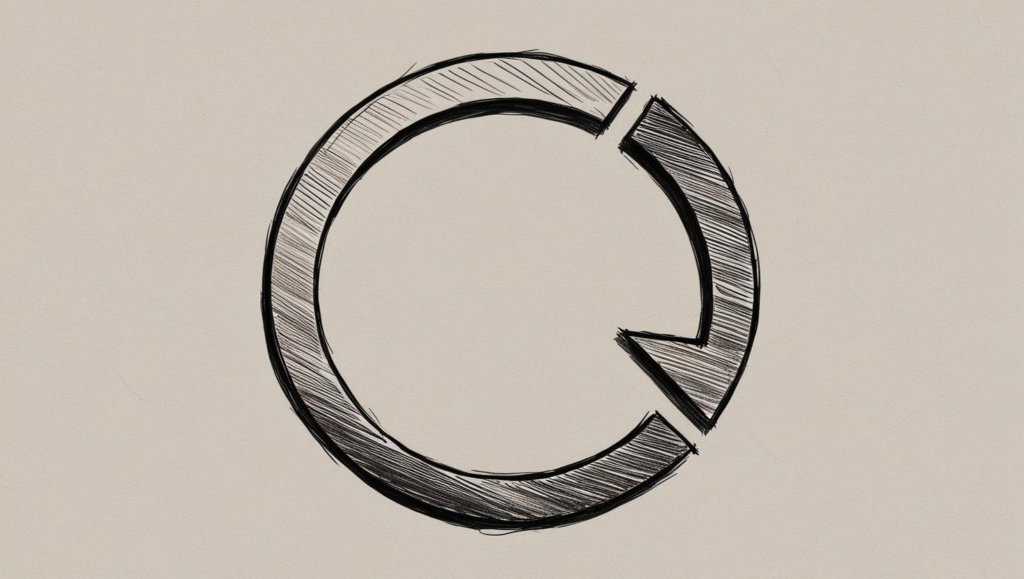Having maintained a practice of tracking my own menstrual cycle for many years, and learning to pay closer attention to the cyclical experiences of the women and people in my therapy room, it became apparent that the issues that bring people to therapy are often more extreme and distressing in the luteal phase, between ovulation and the bleed. This observation is supported by research which shows that women in the mid-luteal phase of the menstrual cycle experience stronger emotional memories than women in other phases.
PMT: “I’m the one with the problem”
In the absence of cyclical awareness, clients came to me with a story: they believed that they were simply “unreasonable”. They had pre-menstrual tension (PMT): a biological syndrome, and this was the problem – with no solution. They told me they felt broken, and they had often been told by those around them that they were crazy, left feeling entirely responsible for the impact their struggles have on their relationships, friendships, parenting, work and social lives.
A cyclical understanding
My knowledge and experience of treating trauma offered up an alternative perspective. What if what these clients were experiencing isn’t a sudden explosion of unexplained “hormonal” rage or anxiety? Yes, it’s huge and distressing, and yes, perhaps hormones, along with many other factors are influencing the experience, but the distress they felt grew from something. Underneath this rage was old, unprocessed pain. Sometimes this pain was so deeply buried, that it was almost imperceptible. But in therapy, the distress at this point of the cycle came to make sense, in the context of history and though a trauma-informed lens.
Getting “Trauma-informed” about Triggers
In exactly the way I have for years working with developmental trauma, I supported these clients to understand what lay beneath the trigger by making sense of the associated thoughts, beliefs, body sensations and feelings, and from here we could use this cyclical intensity as an “arrow in” to making sense of what lies beneath.

The understanding we came to again and again, was that beneath the intensity lay the unprocessed pain of the past. We observed that they seemed to have more capacity to hide, bury, ignore or even “cope” with this distress until this “nexus point” in the menstrual cycle, when the pain became too big to hold. Presenting itself to them as if to say:
here I am – waiting for you to have space to heal
Menstrual Cycle Awareness (MCA)
From my studies in Menstrual Cycle Awareness (MCA) and of cycles and transitions more generally, I have come to understand that in the early phases of a cycle (both menstrual and life), there is a new energy: the body is physiologically supported to “do”. No doubt enhanced by societal expectations on women and Mothers, we can be fooled into thinking we can sustain this “do” energy. But with this outward focus, we easily lose sight of our corresponding needs for rest and reflection. As in all cycles of nature, the body expectation is that there should also come a time for rest and reflection. A time to look inward, process, heal and set intentions, as one cycle ends and a new one begins.
Trauma theory
I am reminded here of the theory underpinning Eye Movement Desensitisation and Reprocessing (EMDR): Adaptive Information Processing (AIP), which views the human system as innately designed to naturally heal from trauma.
What if, I wondered, with this pattern occurring in so many women – the female body has too evolved with this natural capacity for healing? And what if, instead of seeing our premenstrual or perimenopausal distress, overwhelm and rage as random explosions of crazy behaviour, we saw it as our cyclical bodies offering up opportunities for processing and organising past experiences to be healed and integrated?
If we open our minds to this possibility, we might also take permission to follow our bodies’ cues at this time and protect space for genuine rest and self-care, redirecting energy away from the external “coping and caring”, into our inner worlds.
Her Blood is Gold
In fact, unbeknown to me until more recently, similar ideas has already been proposed in print by Dr Lara Owen in her seminal works, Her Blood Is Gold.
Trauma and the Menstrual Cycle
In 2024, Lara taught a series of webinars, one in particular on the topic of Trauma and the Menstrual Cycle. We connected after I attended this session and our shared passion became fertile ground. Now almost a year later, we are excited to share the bringing together of our fields of study in a training retreat exploring Trauma and the Menstrual Cycle, deepening our understanding by applying the theory of Internal Family Systems (IFS) to current Cyclical research and knowledge. You can find out more about the retreat here: https://laraowen.com/trauma-and-the-menstrual-cycle/
1:1 Therapy
In this work I apply everything I have learned throughout my career delivering, training and consulting as a trauma therapist in settings specialising in complex PTSD. I assess and map connections between old wounds and patterns as they express themselves as they do in these tender cyclical phases, and provide evidence-based trauma therapies to support you to process and heal what was buried long ago, leaving you energized for the next phase of life.
Not only can this work lead you to make sense of, and experience less pain resurfacing at these intense times, but you will be connected to your body and the natural cycles for the rest of your life. Taught to honour and listen into your body’s messages, instead of doubting it or shutting it down.
If you are interested to explore and apply these ideas more deeply in a 1:1 therapy capacity, contact me for an free initial consultation.

Leave a Reply